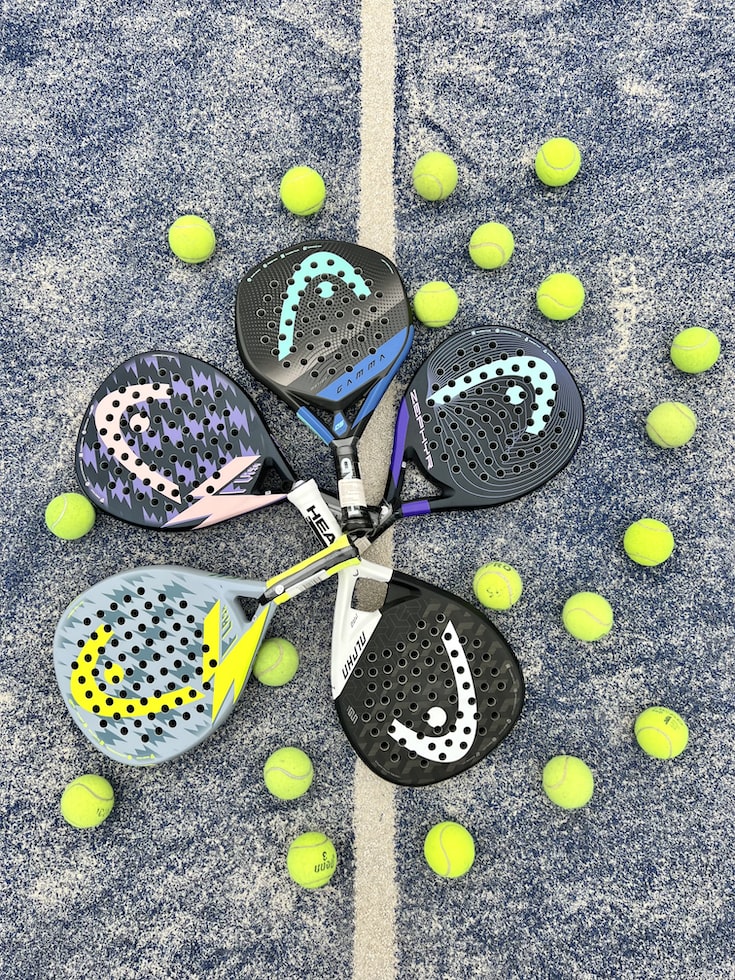Padel court dimensions and layout: Padel explained
3 min read
Padel Court Dimensions and Layout: Padel Explained
Are you ready to dive into the exciting world of padel? Whether you’re a curious beginner or a seasoned player, understanding the dimensions and layout of a padel court is crucial. Don’t worry, I’m here to guide you through the ins and outs of this thrilling sport.
What is Padel?
For those who are wondering, padel is a racquet sport that combines elements of tennis and squash. It originated in Mexico in the 1960s and quickly gained popularity worldwide. Padel is played in doubles, which makes it a fantastic social activity. Get ready to unleash your competitive spirit and have a blast on the court!
Padel Court Dimensions
The padel court may seem slightly smaller than a traditional tennis court, but don’t let that fool you. The fun and excitement that await you are just as grand! Here are the dimensions of a padel court:
- Length: 20 meters
- Width: 10 meters
The court is divided into two halves by a net, just like in tennis. The net is 88 centimeters tall at the edges and tapers down to 92 centimeters in the center. This slight incline adds an interesting element to the game, as players must adapt their shots to clear the higher center of the net.
Anywhere you stand on the court, you will have a magnificent view and be just a few steps away from the action. The compact dimensions of a padel court create an exhilarating and fast-paced environment that will keep you on your toes!
The Layout of a Padel Court
Now that you have the dimensions down, let’s explore the layout of a padel court. A padel court is surrounded by walls on all sides, except for the net area. These walls are made of glass or other materials that allow the ball to rebound off them.
One of the most exciting aspects of padel is that you can use the walls to your advantage. Unlike tennis or squash, where hitting the ball outside the boundaries results in a point loss, in padel you can play off the walls! This opens up a world of possibilities and strategic shots that can confuse and outsmart your opponents.
At the back of the court on each side, you will find the service boxes. These boxes are smaller rectangles where the serves must land to start the point. They’re located diagonally and are bounded by two lines. The front line marks the boundary for the receiver, while the back line is for the server. Serving diagonally keeps the game fair and requires players to develop a variety of serving skills.
So, now that you’re familiar with the dimensions and layout of a padel court, it’s time to grab a racquet and hit the court with confidence. Remember, in padel, practice makes perfect!
Hopefully, this article has shed some light on the intriguing world of padel. Whether you’re a beginner or an avid player, understanding the court dimensions and layout is essential for enjoying the game to the fullest. So, get your friends together, head to your nearest padel court, and let the fun begin! Padel is waiting for you to conquer it!






